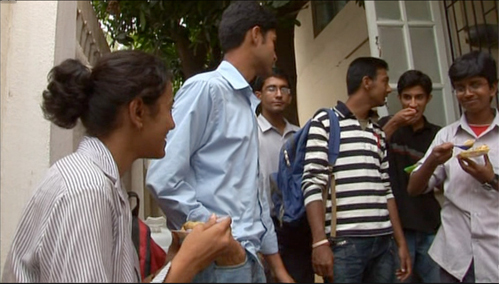
The goal is education. Nous avons 64 millions d'étudiants. L'Inde compte environ 320 million (âge 5 à 14). Le film de Bob Compton, Deux millions de minutes, ont observé que de nombreux étudiants en Inde et en Chine passent plus de temps à acquérir des connaissances académiques. What works in the Indian culture is going to be different from what works in our American culture. Some might argue we spend our time developing the well-rounded child . Does it matter to many Americans that while we study the Super Bowl and Glee, Indian and Chinese students spend more time building their intellectual foundation? Oui, poverty and weak infrastructure are challenges India faces, but often when you’re coming from behind you’re more hungry to achieve. These are our global friends et our competitors.
It is India Time — India will participate in the next PISA test (Programme pour l'évaluation internationale des étudiants) — pour la première fois,. There have been a number of new educational initiatives that have made this possible. One of the major programs was explained to me by Sridhar Rajagopalan (Head of Educational Initiatives), a man on a mission to revolutionize the way Indians and others think about learning.
What kind of educational system will permit India to have the people skills needed to compete globally?
The goal would be to have an educational system that allows people to reach their full academic potential. This will enable India to compete globally and to have a domestic society where people are engaging meaningfully and are able to solve the problems faced by their society. The system would need to focus on academic excellence and research, and also on developing compassionate and caring individuals.
What are your major challenges?
One of the basic problems the Indian education system faces is our high focus on rote learning. The problem of rote learning is discussed in many countries around the world, including America. Cependant, I think rote learning is a severe problem in India. Rote learning is like saying you don’t need to understand; you don’t need to be able to think and apply knowledge; as long as you can recite what is in a lesson in a textbook, that’s fine. Ce problème se reflète dans nos examens scolaires laissant. Il se reflète dans le fait que la certification est la mise au point tout important, contre l'apprentissage. Le problème est encore plus grave dans les zones rurales où les enfants ont du mal à développer des compétences de base. Donc, notre système a besoin de se concentrer sur l'apprentissage avec compréhension, le développement des compétences de pensée critique, et de développer une passion pour l'apprentissage.
Donc, si vous changez votre façon de tester, il pourrait influencer la façon dont les enfants apprennent?
Absolument. The primary purpose for which we use testing is so that the system, les parents, les profs, and the government understand that students are learning. If we change the way we currently test, we can improve both the way we teach and the quality of what children learn. We are beginning to make the first few steps in this direction.
What have you done in the past 5 – 10 years to improve student assessment?
We began our work with low stakes assessment. The first step involves regular assessments. Le but est de diagnostiquer et de donner un point de repère. Notre travail de diagnostic a été considéré pointe par rapport au reste du monde. Un de nos avantages est notre très grande base des élèves de l'échantillon. Le deuxième avantage que nous avons est que nous entrons dans une grande profondeur dans notre travail de diagnostic, e.g. ce ne étudiants à comprendre sur les angles. Quand nous faisons une évaluation des élèves nous capturons les étudiants’ réponses sur la vidéo. Les vidéos deviennent très utiles dans la formation et le soutien à l'enseignant.
L'étape suivante est l'endroit où la technologie est en. In each stage of teaching a new concept, there are many potential misconceptions by students. Instead of expecting a teacher to identify all these misconceptions when she has 35 or more children in her classroom, we have discovered that with carefully developed computer programs, we can do that for the teacher. Laisse moi te donner un exemple. If a child has not grasped a concept, a teacher might feel she needs to teach that child the concept all over again. With the help of our diagnostic tools, we can assist the teacher to better understand exactly where the child’s lack of comprehension lies, enabling the teacher to better focus the child towards the correct answer. We have created a personalized, intelligent computer based learning program that is based on the misconceptions research — a program called Mindsparkthat has been used by leading Indian schools for over 2 ans, and has just started to be used in rural India and the US.

How broad is the distribution of this assessment initiative and what has been its impact?
We currently work with 3,000 écoles privées. Similarly we are working in government schools in about 20 de 28 states in India, many countries of South Asia, the Gulf, and in Singapore. Through an initiative supported by Google and in partnership with various state governments, we conducted a detailed class-wise assessment on student learning levels in 2009. We have just completed an assessment (in partnership with the government of Mumbai, UNICEF and McKinsey) for every single child in Mumbai in 3rd and 6th grade, and are now doing the same thing with two of our other most progressive states. We expect to see additional states following this lead. Governments have invited us to join committees to reform assessments based on our success. Large systems tend to move slowly, but people are interested in making the kinds of changes I am describing. Le fait que le gouvernement a soutenu la participation de l'Inde dans l'enquête PISA est un exemple de la confiance du gouvernement que cette approche fonctionne.
Quel est votre point de vue sur l'impact de la pression scolaire sur les élèves la santé mentale et bien-être émotionnel?
Nos problèmes en ce moment en Inde sont différents de ceux des pays les plus développés. L'Inde a un système d'éducation pauvres. Cependant, notre société valorise l'éducation plus que tout. La réussite en formation des moyens de trouver un bon emploi. Maintenant, un très faible pourcentage (moins que 15%) of our children reach higher education. This is not because of lack of interest. Our problem is poverty and low quality of education. In certain elite schools, there has been some discussion about pressure and test taking. But most parents and teachers believe the pressure is inevitable and necessary because of the competition that exists due to supply and demand for good college places.
What is your vision of the well educated Indian student?
There would be three constants. The first bucket I would call critical thinking, which would include creative thinking and the ability to solve problems. Values and ethics would be in my next bucket: compassion and sensitivity and an understanding of the importance of contributing to your society. Then my final bucket would include strong academic stills along with the desire to excel and to do excellent work.
World Wisdom from India
Rote learning will not lead to educational excellence. A successful system will not focus on end of school exams, mais plutôt sur la capacité de penser et appliquer les connaissances et à produire des êtres humains compatissants et sensibles. Changez votre façon de tester pour améliorer la façon dont vous enseignez et la qualité de l'apprentissage. La valeur que la société accorde à l'éducation et la faim de l'individu à apprendre aura un impact significatif sur les progrès de l'éducation d'un pays.
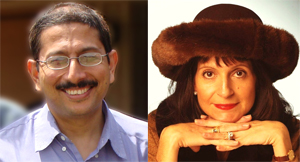

Dans La recherche globale pour l'éducation, rejoindre C.M. Rubin et leaders d'opinion de renommée mondiale dont Sir Michael Barber (Royaume-Uni), Dr. Leon Botstein (États-Unis), Dr. Linda Darling-Hammond (États-Unis), Dr. Madhav Chavan (Inde), Le professeur Michael Fullan (Canada), Professeur Howard Gardner (États-Unis), Professeur Yvonne Hellman (Pays-Bas), Professeur Kristin Helstad (Norvège), Professeur Rose Hipkins (Nouvelle-Zélande), Professeur Cornelia Hoogland (Canada), Mme. Chantal Kaufmann (Belgique), Professor Dominique Lafontaine (Belgique), Professeur Hugh Lauder (Royaume-Uni), Professeur Ben Levin (Canada), Professeur Barry McGaw (Australie), Sridhar Rajagopalan (Inde), Sir Ken Robinson (Royaume-Uni), Professeur Pasi Sahlberg (Finlande), Andreas Schleicher (PISA, OCDE), Dr. David Shaffer (États-Unis), Chancelier Stephen Spahn (États-Unis), Yves Thézé (Lycee Francais US), Professeur Charles Ungerleider (Canada), Professeur Tony Wagner (États-Unis), Professeur Dylan Wiliam (Royaume-Uni), Professeur Theo Wubbels (Pays-Bas), Professeur Michael Young (Royaume-Uni), et le professeur Zhang Minxuan (Chine) alors qu'ils explorent les grandes questions d'éducation de l'image que toutes les nations doivent faire face aujourd'hui. La recherche globale pour l'éducation communautaire page
C. M. Rubin est l'auteur de deux séries en ligne largement lecture pour lequel elle a reçu une 2011 Upton Sinclair prix, “La recherche globale pour l'éducation” et “Comment allons-nous savoir?” Elle est également l'auteur de trois livres à succès, Y compris The Real Alice au pays des merveilles.

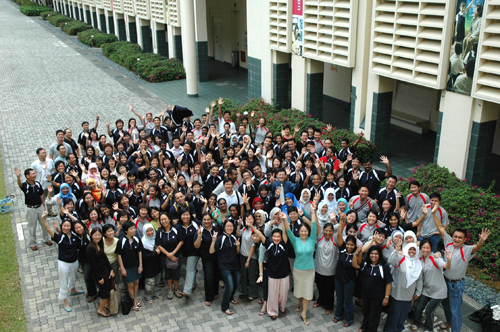
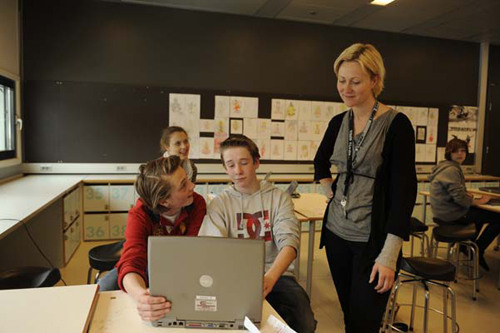
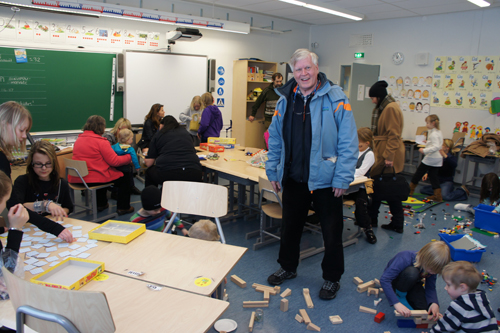
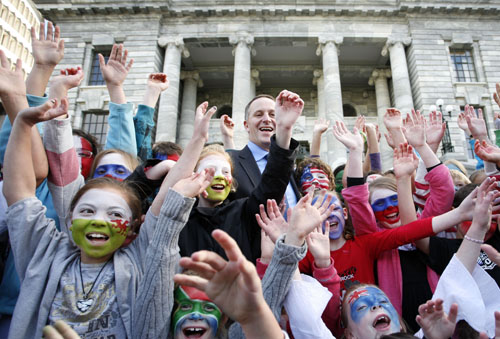
Commentaires récents